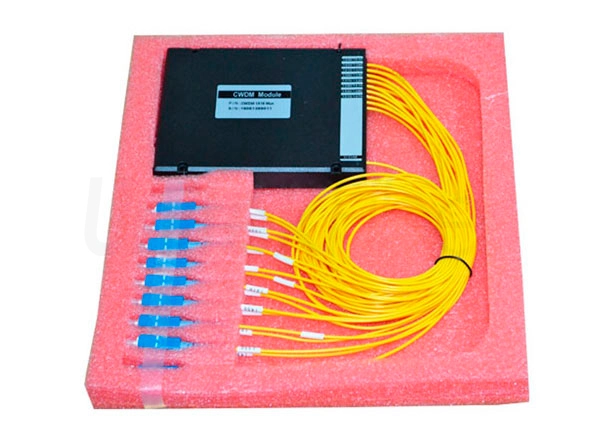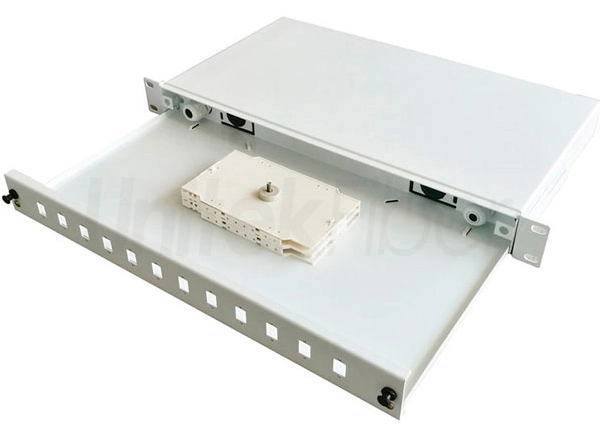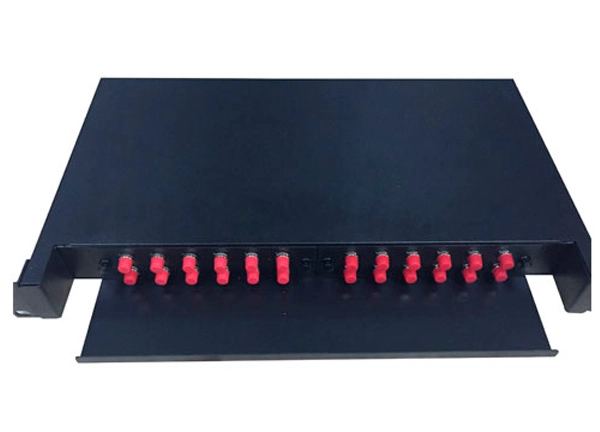
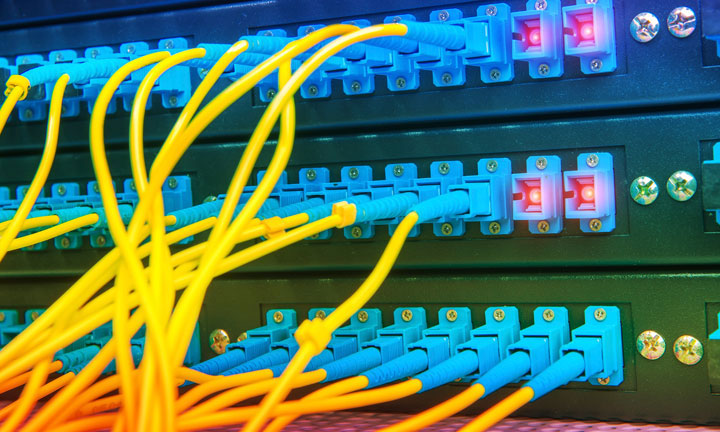
In optical fiber communications, insertion loss and return loss are two important indicators for evaluating the quality of Fiber Optic Cable Assemblies, such as optical fiber connectors, optical jump fibers and pigtails.
What is insertion loss of Fiber Optic Cable Assemblies?
Insertion loss is often referred to as IL, mainly refers to the measurement of the light lost between two fixed points in the fiber. It can be understood as the loss of optical power caused by the intervention of optical devices in the optical fiber link of the optical communication system, the unit is dB.
Calculation formula: IL = -10 lg (Pout / Pin), Pout is the output optical power, and Pin is the input optical power.
The smaller the value of the insertion loss, the better the performance. For example, an insertion loss of 0.3dB is better than 0.5dB. In general, the difference in attenuation (less than 0.1 dB) between fusion splicing and manual connection is smaller than the connection between fiber optic connectors. The recommended maximum dB loss of Fiber Optic cable Assemblies in the data center: multimode LC fiber optic patch cord is 15dB, single mode LC fiber optica patch cord is 15dB, multimode MTP/MPO fiber optic patch cable is 20dB, and single mode MTP/MPO fiber optic patch cable is ≥30dB.
What is return loss of Fiber Optic Cable Assemblies?
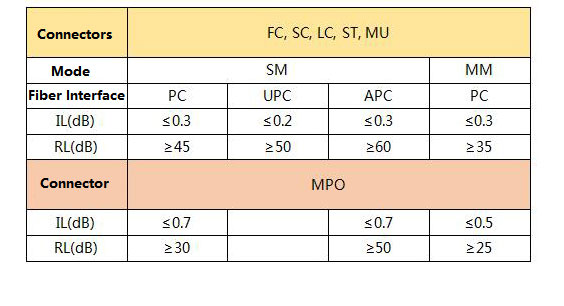
When an optical fiber signal enters or leaves an fiber optic component (such as an optical fiber connector), the discontinuity and impedance mismatch will cause reflection or echo. The power loss of the reflected or returned signal is the return loss( Referred to as RL). Insertion loss is mainly to measure the resulting signal value when the optical link encounters loss, and return loss is to measure the loss value of the reflected signal when the optical link encounters component access.
Calculation formula: RL = -10 lg (P0/P1), P0 represents the reflected optical power, and P1 represents the input optical power.
The return loss value is expressed in dB, usually a negative value, so the larger the return loss value, the better. The typical specification range is -15 to -60 dB. According to industry standards, the return loss of Ultra PC polished fiber optic connectors should be greater than 50dB, and the return loss of bevel polishing is usually greater than 60dB. The PC type should be greater than 40dB. For multimode fiber, the typical RL value is between 20 and 40 dB.
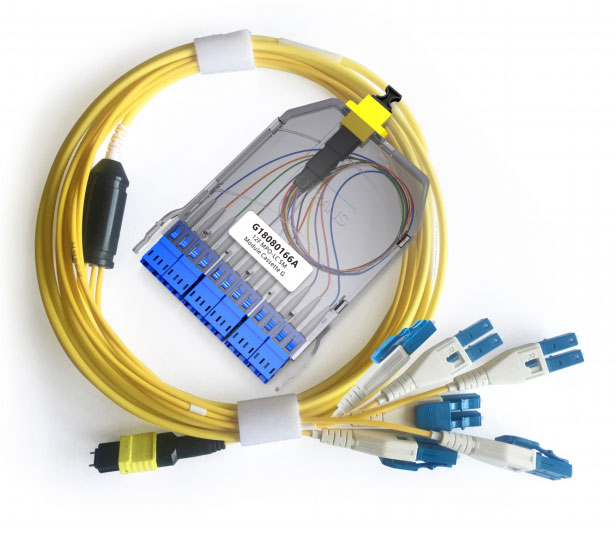
What are the influencing factors on the Insertion Loss and Reture Loss of Fiber Optic Assemblies?
1.The quality and cleanliness of fiber optic patch cord's end- face
Defects (scratches, pits, cracks) and particle contamination on the end face of the fiber optic patch cord will directly affect the performance of the fiber optic connector, leading to poor IL/RL. Even tiny dust particles on the 5 micron single-mode fiber core may eventually block the optical signal, resulting in signal loss.
2.Fiber broken and poor connection of fiber optic patch cord
Sometimes, although the fiberglass has been broken, it can still guide the light through. In this case, it will also cause bad IL or RL. The APC fiber optic connector is connected to the PC fiber optic connector, one is an oblique 8° angle, and the other is a micro-arc grinding angle. When the two are connected, light may pass through in a short time. But at the same time, it will also cause a large insertion loss and a low return loss, which may also cause the two fiber optic patch cord end faces can't to be precisely butted that results in the light cannot pass normally.
3. Bending radius exceeded
Optical fiberglass can be bent, but too much bending will also cause a significant increase in optical loss, and may also directly cause damage. Therefore, when it is necessary to coil the fiber, it is recommended to keep the radius as large as possible. The general recommendation is not to exceed 10 times the diameter of the jacket. Therefore, for a fiber optic patch cord with a jacket of 2 mm, the maximum bending radius is 20 mm.
UnitekFiber provides customized high-quality of fiber optic patch cords, MPO/MTP fiber optic patch cables, MPO/MTP patch panels and other fiber optic cable assemblies. With more than 10 yeas developement, UniteFiber supplies data center cabling products, optical modules, WDM wavelength division multiplexers, fiber switches and so on, which are widely used in FTTx, telecommunications, 5G networks, data centers and other fields.
If you need more information or support on fiber optical products from fiber optic products supplier, please don't hesitate to contact us sales@unitekfiber.com, we will try our best to support you.

